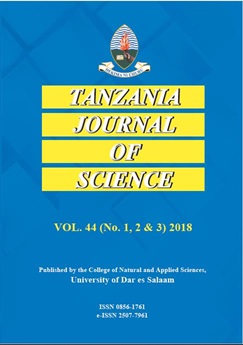Characterization and Domestication of Wild Edible Mushrooms from Selected Indigenous Forests in Burundi
Abstract
In Burundi, minimum work has been done to comprehensively identify and commercialize high yielding local mushrooms. The previous studies carried out on mushroom cultivation have focused on exotic strains. This is the first study undertaken on domestication of wild edible mushrooms from Burundi indigenous forests. Nine samples were collected from four protected areas and characterized using phenotypic and molecular markers. Germoplasm isolation through tissue culture techniques, spawn production and cultivation studies were also undertaken. Mushroom samples were identified as Pleurotus citrinopileatus, Lentinus squarrosulus, Hypholoma fasciculare, Laetiporus sulfureus, Macrolepiota dolichaula, Trametes polyzona, Amanita zambiana, Lactarius delicious and Amanita verna. Spawn production was successful in six of the nine collected species. Fruiting body production was successful for Pleurotus citrinopileatus, Lentinus squarrosulus, Hypholoma fasciculare and Trametes polyzona. Mushroom yield and biological efficiency of domesticated species varied among species and ranged from 15.3 to 30.6% and 41.2% to 81%, respectively. Macrolepiota dolichaula and Laetiporus sulfureus remained at the secondary mycelium stage while Amanita zambiana, Lactarius delicious and Amanita verna did not develop even the mother spawn. Burundi indigenous forests harbour wild edible mushrooms with potential for domestication. More research should be conducted to domesticate them for food and nutritional security.
Keywords: Domestication; wild edible mushrooms; germplasm; spawn; Burundi indigenous


